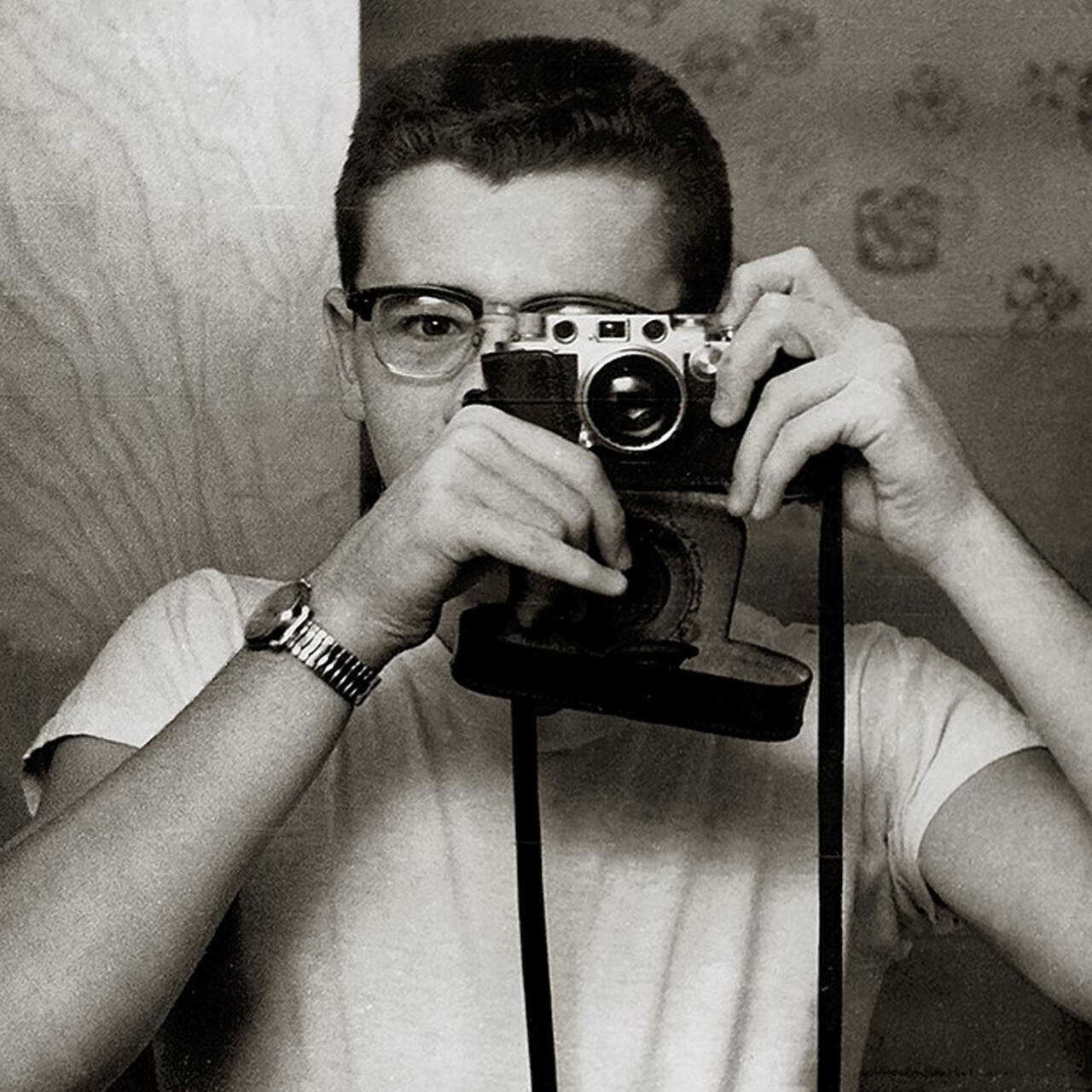For around 50 years she accompanied Bruno Gironcoli as a wife, fellow artist and friend. Christine Gironcoli about the ups and downs of his artistic career and her life with the known maverick.
Mrs. Gironcoli, how did you and your husband meet?
We met in the late 1950s at the Academy of Applied Arts, as it was known then, where we both attended Eduard Bäumer’s painting class. My husband then came to Paris with a scholarship in 1959-60 and found something there that was not yet well-known in Vienna. Alberto Giacometti, for example, made a huge impression on him, but he was also very impressed by Duchamp and Calder. It was then actually that he decided to work three-dimensionally.
So previously, the two of you had been in the painting class and it was his stay in Paris that brought about the shift?
Yes, my husband came back and started working with wire sculptures, a bit of Plexiglas and hammered stretcher frames with aluminum. Originally, before the Academy, he completed an apprenticeship as a goldsmith in Innsbruck, where he lived with his father. There are some early pieces he made that nobody has ever seen. They haven’t been exhibited because nobody knew about them.
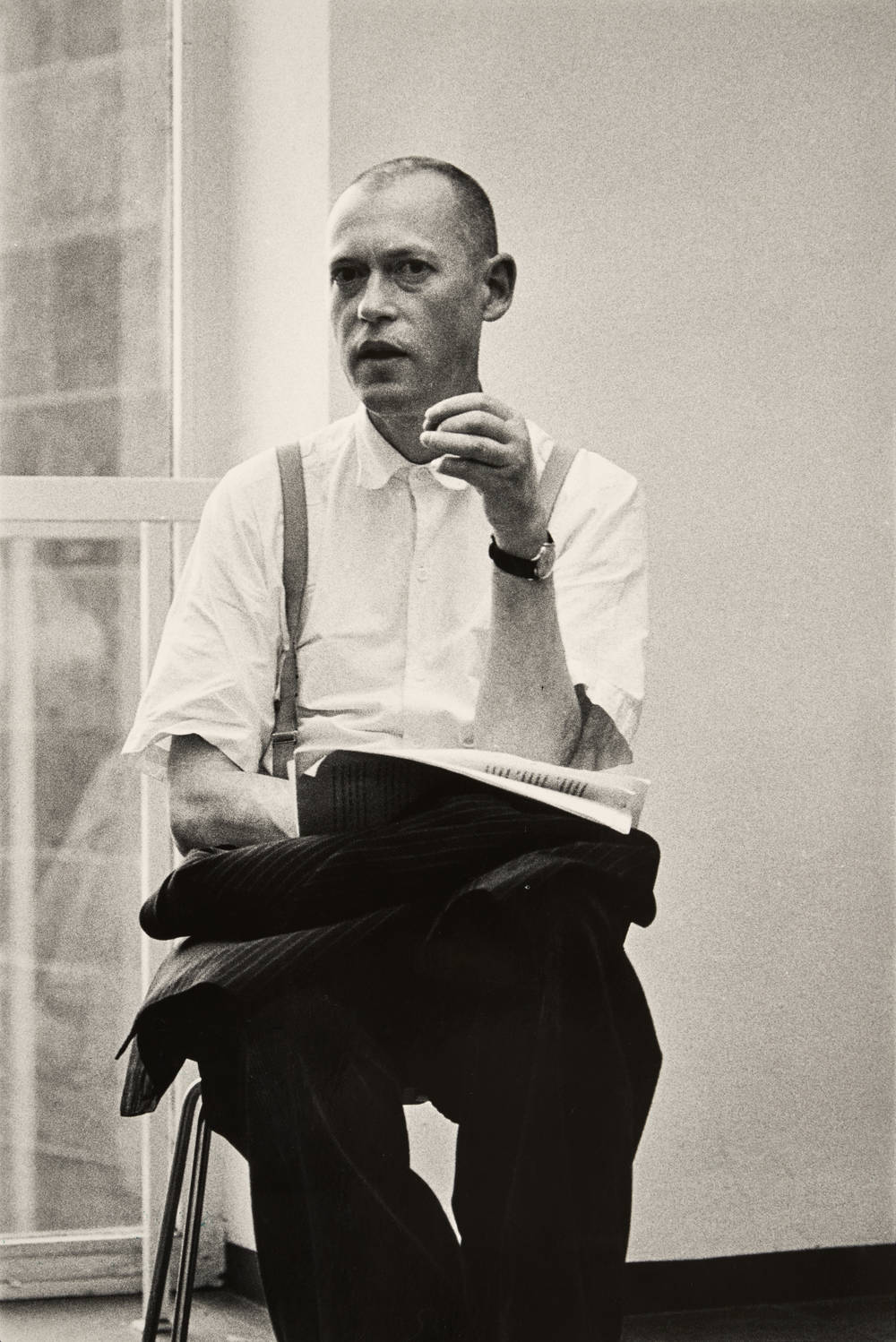
You were both still very young then.
Really young, yes. He was five years older than me; I was 20 and he was 25, and we already had our little daughter. That was pretty tough. I was doing my diploma and he was working independently. After coming back from Paris, he never went back to the Academy. We had an apartment and there was only one room in which we could work. There he made nude drawings of me for four years. I would model every evening – it became a very interesting series. He turned more and more away from nature in those nudes and incorporated forms that were extremely interesting. And who could have predicted what they would lead to? The next period was that of plaster models, very strict forms he then cast in polyester. We had the models in the apartment, to the point where there was plaster everywhere and the debris almost caused the apartment to collapse. Once, Walter Pichler came to visit and he sent Monsignore Mauer to us, because he thought he would be interested in the work. Usually he was very, very critical, because he only had a very small selection of artists in his gallery, but he was immediately excited.
Monsignore Mauer, who managed Galerie nächst St. Stephan in Vienna, then promoted your husband’s work, is that right?
Yes, he was the one who first made it known to the public. He also provided money for my husband to reproduce the plaster models in polyester, so he [Gironcoli] had to learn how to do it. My father put him in touch with someone who showed him how to craft it, and within a year the exhibition was finished.
We had the models in the apartment, to the point where there was plaster everywhere and the debris almost caused the apartment to collapse.
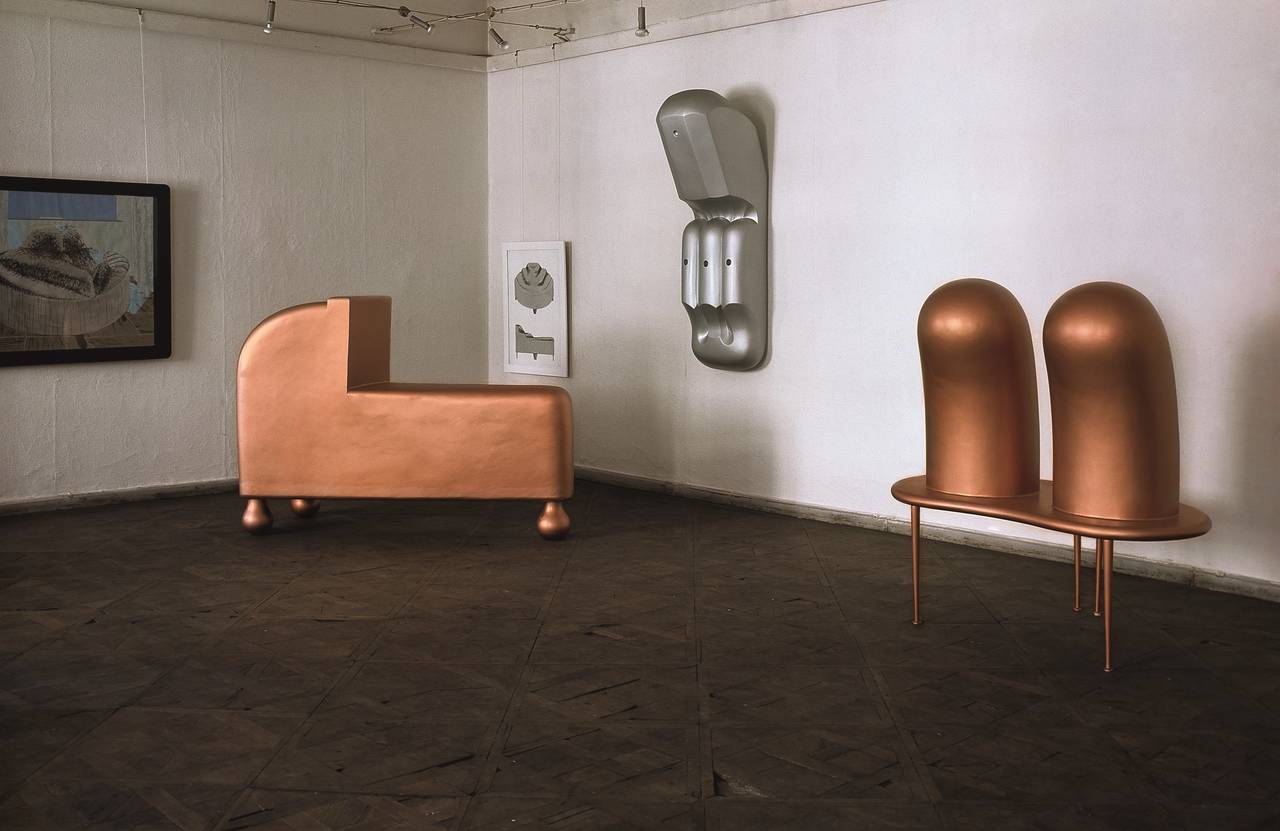
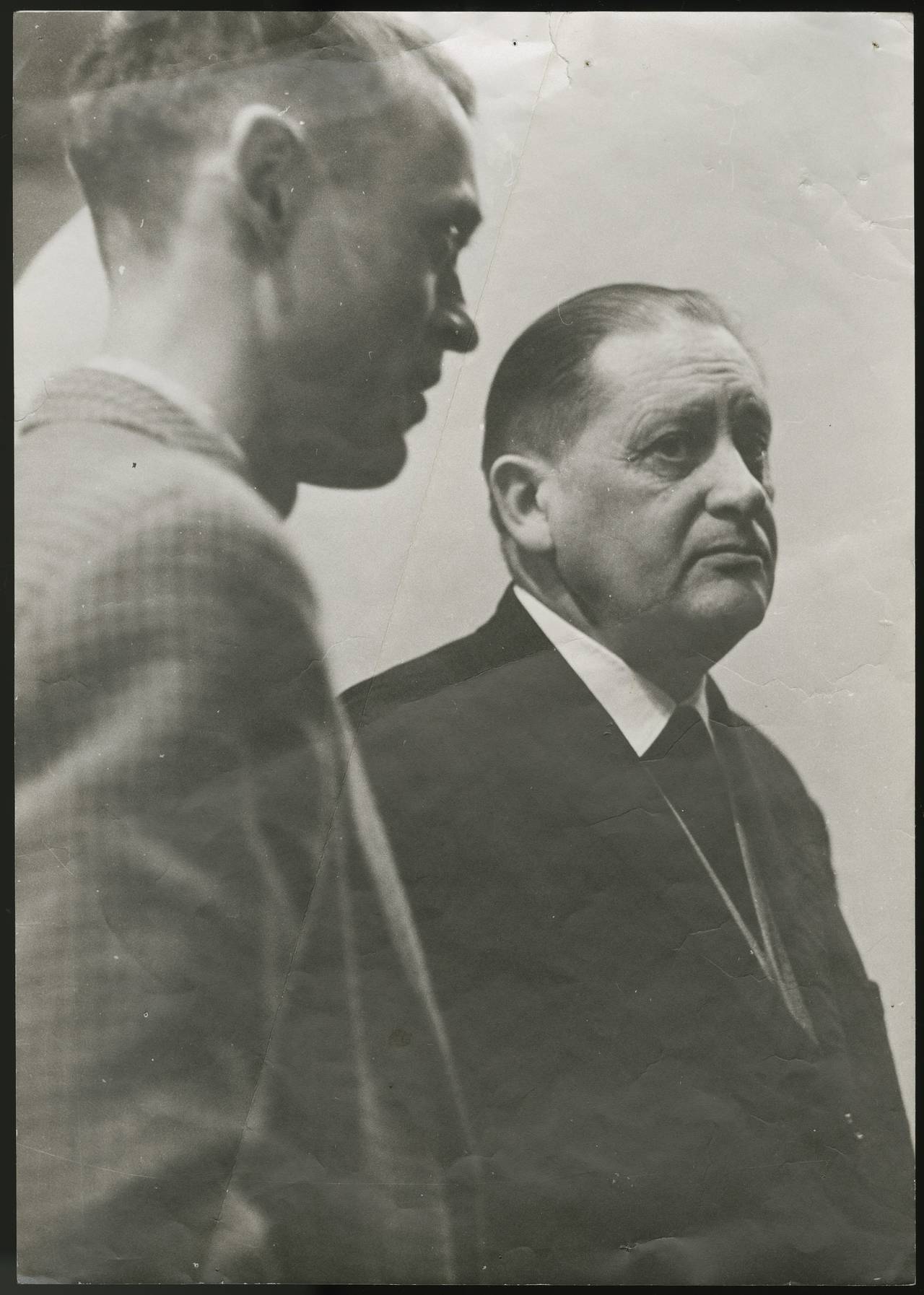
Did he have a studio at that time?
My grandfather owned a laundry since the early years of the 20th century. The premises were large, but had been abandoned, so there was plenty of space, and it was here that the works for the first major exhibition at Galerie nächst St. Stephan were produced. Following on from that, my husband dreamed ever more about producing large sculptures – or larger, at least – but at the time couldn’t afford a studio to create them. Then Fritz Wotruba died and my husband became his successor: Professor at the Academy of Fine Arts.
And it was through this professorship that he got a large studio to work in?
Exactly, that’s what made it all possible, of course. At first, he produced his works on his own, but when he decided he needed assistants for these formats and he hired three Poles. One was good at welding, while the other two produced his shapes in polyester. He always worked for a very long time on them and sometimes he would grab me and say: “Take a look at this.” And I would say it was great and complete, and he would just say: “No, it needs something else.” At some point he would show me his finished sculpture and I would be forced to admit that it got even better (laughs).
So, did he seek your advice as an artist too?
Yes, he did, although we were divorced for some time. We got married twice – the first time it lasted ten years and afterwards another 14 years – but we always stayed in touch because of our daughter and also his work, which I was always involved with somehow. And then these huge sculptures developed, which have often been misunderstood. Many people saw them merely as machines, and that destroyed him. For him, the main focus was always the human being, and perhaps helplessness in the face of the machine, or the suffering of man due to machines. The human being was always central.
Ultimately, it was like the work was a secret he didn’t really reveal to anyone.
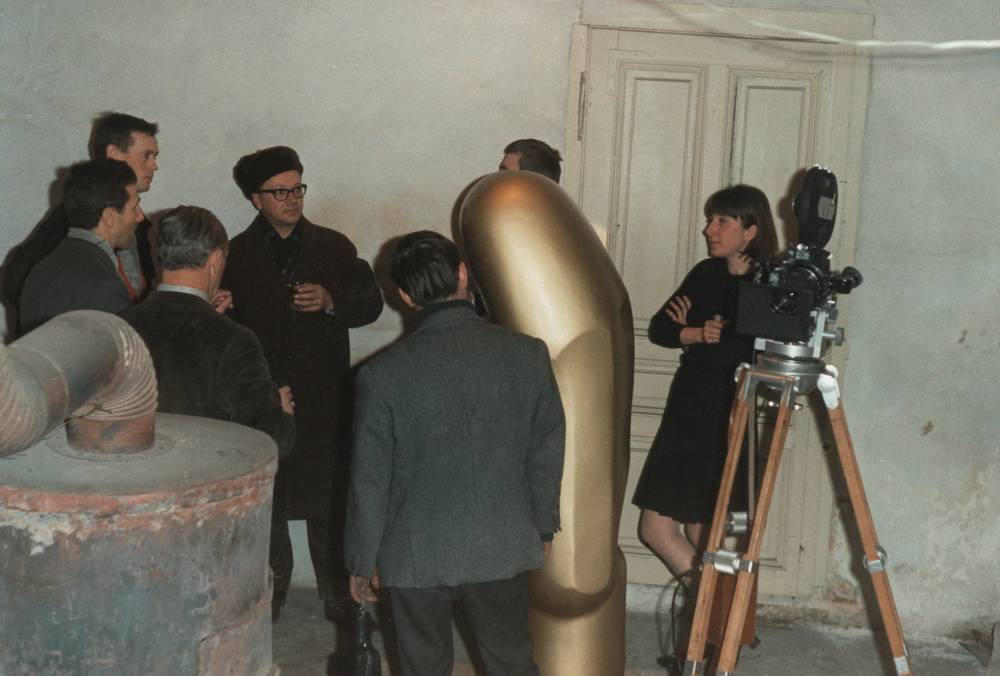
In the sculptures here in the exhibition you can also see grapes, vine leaves…
Yes, there are a lot of botanical elements to be found. He had a strong connection with nature and poetry, birth and death…
Did he express it that way to you too?
Well, he only commented on very few of his works. Ultimately, it was like the work was a secret he didn’t really reveal to anyone, not even to me.
In 1997 the exhibition entitled “Die Ungeborenen” (“The Unbegotten”) was held at the MAK.
Yes, but there had been a big show before that at the Museum of the Twentieth Century. His first large sculptures were exhibited there and were packed very tightly together for the show. He wanted to get everything in and he kept saying: “There’s still room.” And wherever there was space, it had to be filled. [Peter] Noever at the MAK had to fight with him to stop him packing the exhibition space too full again (laughs).
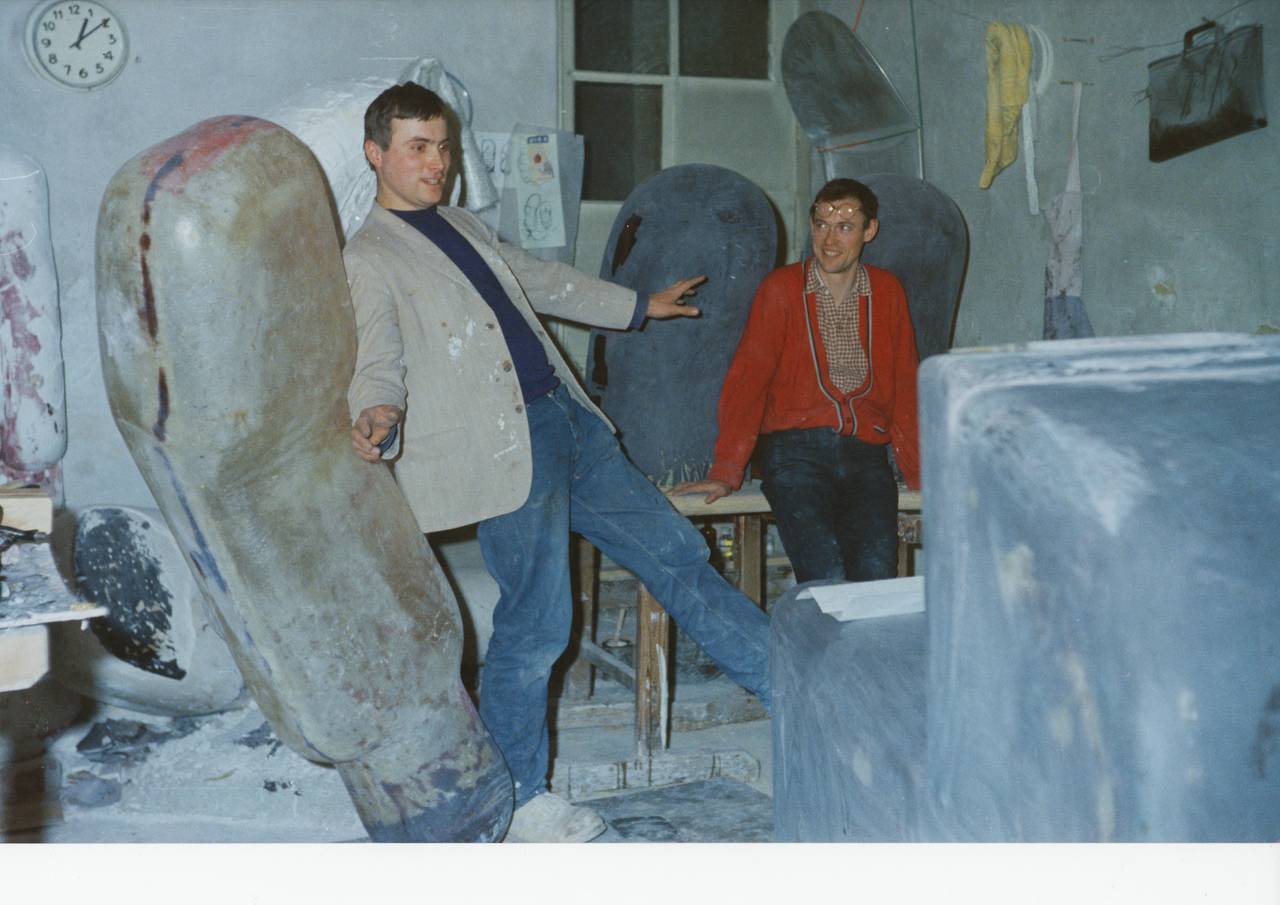
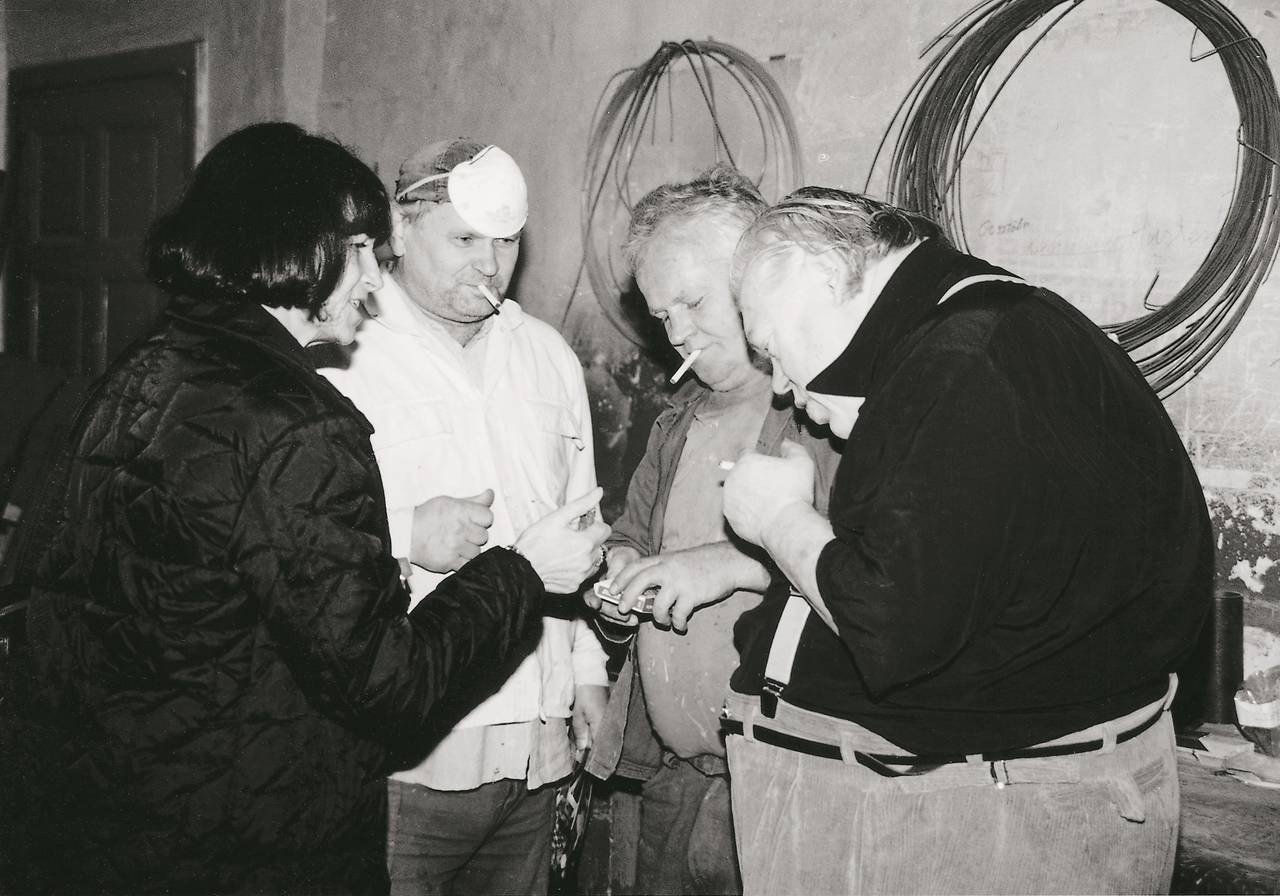
That reminds me a bit of the photos I’ve seen of his studio at the Prater, where there was barely an inch of empty space on the floor.
There was a lot of hard work done there. He always wanted to keep his household and his work together, but even back when he was working with the plaster models it became intolerable for me. He managed it at the Academy though, because he had a big apartment above his studio. From there, he just had to go downstairs to get to work. And when the Poles didn’t know what they were supposed to be doing, instead of calling him they just banged their hammers on the beams. It was very Kafkaesque (laughs).
He then spent almost 30 years as professor at the Academy. Many of his students have themselves become big, well-known names today. Did you ever see what he was like with his students?
All I saw was that his style of teaching was not to give lectures, but mainly to hold discussions with the young artists individually. And these could last two or three hours sometimes! They would discuss the work in great detail.
It is often said that Bruno Gironcoli was something of a lone wolf – both in his artistic stance and in the Viennese scene. Can you confirm that?
That’s right. He actually never teamed up with any particular group. Back then Ugo Rondinone was putting on an exhibition at the Palais de Tokyo for artists who lived and worked rather reclusively. He had a big room there with three large cast sculptures. His work was a constant tie. He would work late into the night and even on Saturdays – Sunday was the only day he kept free. He really just lived for his work. Personal and family life were quite peripheral to him, not in a neglectful way, but just because he was always busy.
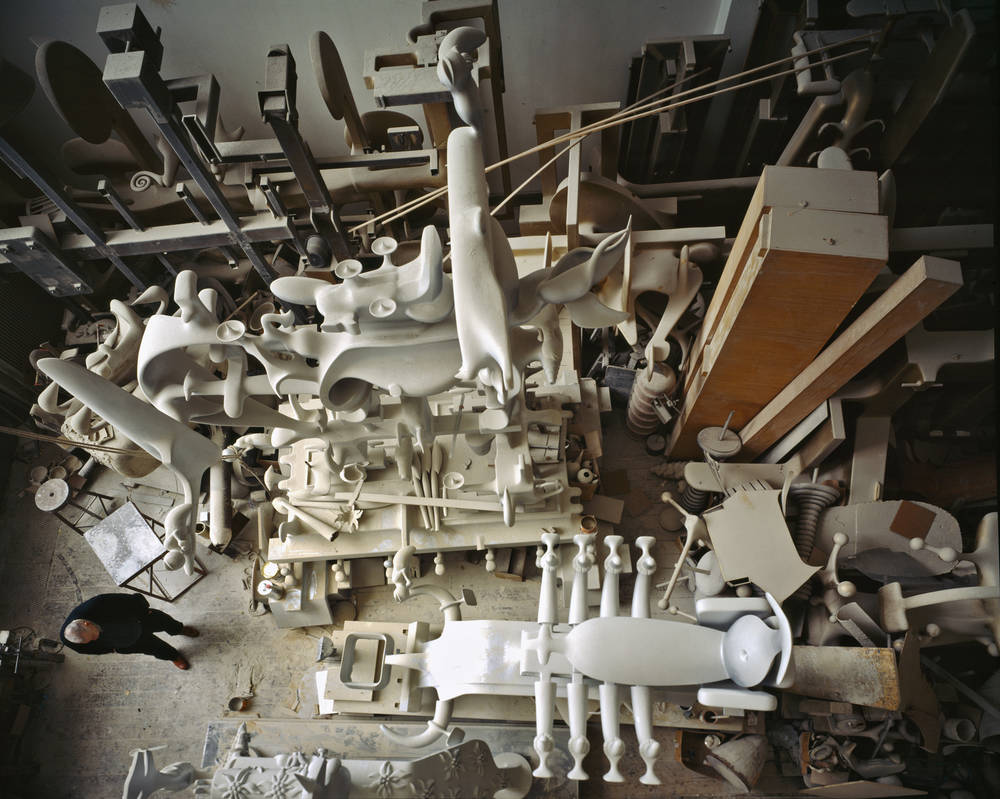
You were part of his life and work for a very long time – what do you think was his greatest success, including for him personally?
His greatest success was the Venice Biennale. At the time, he was already ill. He was operated on in 1993 – he had a tumor on his pituitary gland. Then he recovered, though, and of course he was delighted to be at the Venice Biennale. He wanted to stay in the Hotel Des Bains, which he knew from the film “Death in Venice,” and this wish could be fulfilled.
Since 2004 there have continually been presentations of his works at the STRABAG Gironcoli-Kristall and also at the Bruno Gironcoli Museum Herberstein.
That came about when he had to vacate his large studio at the Academy after he retired. For a long time, he didn’t know where everything would go. The museum in Herberstein, which was built for him, had just been finished, so the works could be moved directly there from the Academy, with a large proportion going to STRABAG, of course. My husband worked right until the end. He couldn’t let go, but he was making smaller things then, not the big sculptures anymore. In the end, he always had his workpiece lying in the bed next to him. I kept having to cover the bed, clean it up and then make it again. He died in 2010, exactly nine years ago, on February 19, 2010. That was a difficult time.
In 2014 the Bruno Gironcoli Estate was founded, in which you play a major role. What does it mean to you to manage your husband’s legacy?
After my husband died, I was able to sell two large sculptures – thank goodness, because I had to pay off a lot of debts and the sales enabled me to do that. Our lawyer, Dr. Kahlig, whom my husband knew during his lifetime, is also a great art lover and knows the works very well. It is with him and Ms. Mag. Bettina Busse, that I manage the estate as a limited company.
My husband worked right until the end. He couldn’t let go.
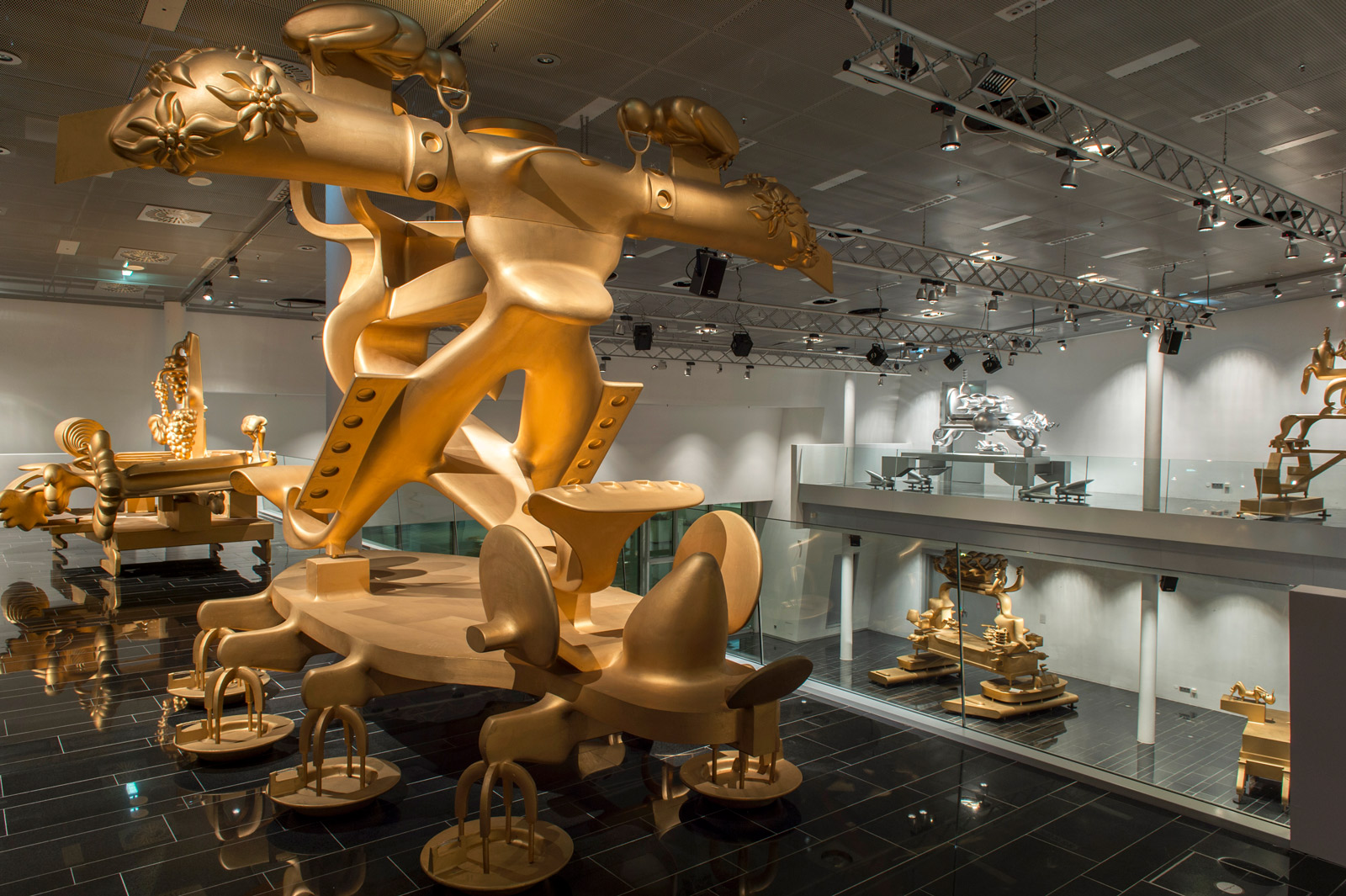
The Gironcoli-Kristall mit 9 polyester sculptures from Bruno Gironcoli, Photo: Rudi Froese Photography, Image via www.strabag-kunstforum.at
There is much talk about the difficult logistics involved in Bruno Gironcoli’s work. There are stories about walls having to be torn down so that a sculpture could be placed in an exhibition. That must certainly be quite challenging in managing his works?
Well, there’s an art transportation firm called hs art. It’s run by a certain Mr. Prietl, who really knows what he’s doing. He can measure precisely where something will fit and where it won’t. We always have to call on him. He’s happy to do it even though he’s retired now. He was also in Frankfurt.
Yes, it all worked out beautifully here.
A few years ago, there was an exhibition at the MAMCO in Geneva. There, they had to take out a large factory window, and the works were lifted in by crane. As long as Mr. Prietl is there, I’m always confident nothing will happen to the works.
Is your husband’s legacy also something that’s very close to your heart?
I’m always busy, as it’s quite a lot for me to handle. It’s almost like a job, but I have always been part of his work and so for me it really goes without saying. I always wanted to spend the winter somewhere further south when I was old and retired, but I’ve still not got around to it (laughs).







